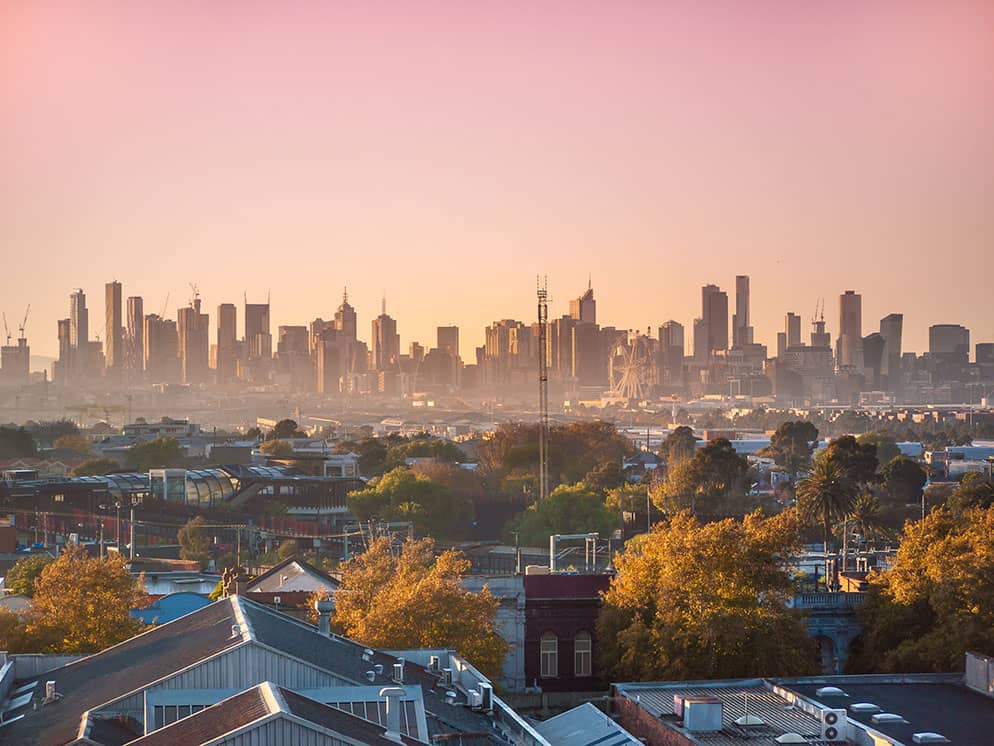GBP/AUD Rate Marking Out Higher Medium-Term Range

Image © Adobe Images
The Pound to Australian Dollar exchange rate has climbed into the upper half of an eight-year trading range over recent weeks but could approach 1.90 in the weeks ahead and might also find itself well-supported above roughly 1.8350 if the more favourable relative interest rate outlook is sustained.
Australia's Dollar edged higher against most major counterparts in midweek trade but remained an underperformer among G10 and G20 currencies for the recent week and month following losses that have helped to lift GBP/AUD by more than five percent for the year.
Gains over March and early April have lifted GBP/AUD into the top half of an eight-year trading range that has spanned the gap between 1.59 and 2.08 with the help of a supportive shift in bond yield differentials, some of which have reached their highest level since 2005 in recent months.
"The Australian dollar is down about 2% over the past week against the US dollar. The A$ is also lower on most cross rates. The obvious driver of this underperformance was RBA monetary policy," says Sean Callow, a senior currency strategist at Westpac.
"As Australian markets reopened after Easter, pricing for the RBA to raise the cash rate 25bp in May was about 25-30%. A May hike remains Westpac’s baseline scenario ahead of the vital Q1 CPI data on 26 April. After May, market pricing starts to lean towards the chance of easing," he adds.
Above: Pound to Australian Dollar exchange rate shown at daily intervals with Fibonacci retracements of 2023 rally indicating possible areas of short-term technical support for Sterling. Click image for closer inspection.
Increases in the Bank of England (BoE) Bank Rate have lifted the GBP/AUD interest rate differential substantially in just more than the last year but a relatively lesser increase in the Reserve Bank of Australia (RBA) cash rate has also played a growing role too.
The RBA left its cash rate unchanged at 3.6% last week for the first time since beginning a series of 10 increases in April 2022, joining the Bank of Canada (BoC) and Norges Bank of Norway when becoming one of only three in the G10 group to have taken a breather in efforts to bring down inflation.
"A third one is that the Reserve Bank Board is prepared to have a slightly slower return of inflation to target than some other central banks. Our last set of forecasts have inflation returning to target by mid-25," Governor Philip Lowe told The National Press Club last Thursday.
"Our judgement at the moment is that, if we can get inflation back to 3% by mid-2025 and preserve many of those job gains that have been delivered in the last few years, that’s a better outcome than getting inflation back to 3 per cent one year earlier and having more job losses," he added.
Governor Lowe gave three reasons last week for the RBA's more patient and cautious approach to bringing inflation back to within the 2% to 3% target range including wage growth rates that have remained lower in Australia than elsewhere, and a greater tendency toward variable rate mortgages.
The higher share of variable rate mortgages in the overall pool of mortgages means the RBA's cash rate is a more potent influence on the Australian economy than is the case with some other central banks and economies elsewhere.
"Since interest rates started rising, the average mortgage rate that Australians pay has increased more quickly than average mortgage rates paid in other countries (Graph 6). This increase in mortgage rates has had a significant effect on household budgets," Governor Lowe told reporters last week.
While the RBA has not ruled out a possible scenario where stubborn inflation leads the cash rate to be lifted further, it has observed a slowdown in the Australian economy and the higher share of variable rate mortgages may mean there is also a risk of interest rate cuts eventually coming sooner than elsewhere.
Above: Quantitative model-derived estimates of probable trading ranges for selected currency pairs this week. Source Pound Sterling Live.
"Last week’s forward guidance by the Reserve Bank of Australia suggests it is either at the end, or close to the end, of its policy tightening cycle," says Kristina Clifton, a senior economist and currency strategist at Commonwealth Bank of Australia.
"We expect tomorrow’s Australian labour force data for March to show another lift in the unemployment rate to 3.6% (2.30am London time). An emerging trend of rising unemployment reduces the chance that the RBA hikes again and can also weigh on AUD/USD," she adds.
The above factors are, along with the UK economy's recent outperformance of a pessimistic market consensus, are all a big part of why the GBP/AUD interest rate differential could remain more favourable for a while to come and may yet lead Sterling to new highs in the weeks or months ahead.
The author's own model, meanwhile, suggests the coming period is likely to see GBP/AUD trade within a wide and rough 1.8350 to 1.8950 range.
Above: Pound to Australian Dollar exchange rate shown at weekly intervals with spread or gap between yields on 02-year and 10-year UK and Australian government bonds and selected moving averages. Click image for closer inspection. (To optimise the timing of international payments you could consider setting a free FX rate alert here.)




